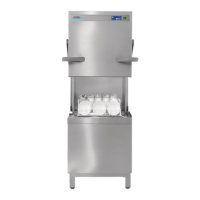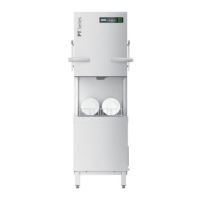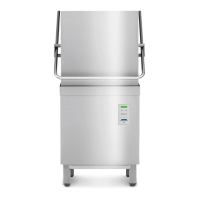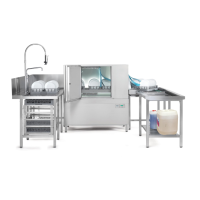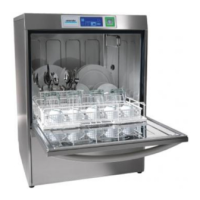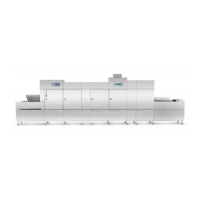Danger to life. Live components.
The machine and the relevant additional devices must be connected by an electrical company authorised by the
relevant electricity supplier as per the locally applicable standards and regulations.
When performing installation and maintenance work, unplug the machine from the power network. Check that there
is no voltage.
The electrical safety of this machine is guaranteed only if it
is connected to a correctly installed protective circuit and a
residual current circuit breaker. It is very important that this
basic safety requirement is tested and in case of doubt the
house installation is checked by a qualified electrician.
The circuit diagram must be observed.
The equipment may only be operated at the voltages and
frequencies specified on the rating plate.
A fixed connection must as a priority be installed for ma-
chines that are delivered without a plug.
When the machine must be permanently connected (with-
out a plug), a mains disconnector with all-pole separation
from the network must be installed. The mains disconnector
switch must have a contact opening width of at least 3 mm,
and must also be lockable in the neutral position.
The electrical connection must be secured as a separately
fused circuit with slow fuses or circuit breakers. The protec-
tion depends on the total power consumption of the ma-
chine. The total connected load is specified on the rating
plate of the machine.
Build a residual-current circuit breaker into the electrical
supply line.
Machines delivered from the factory equipped with mains
cable and safety plug (single phase), or CEE plug are (triple
phase), may only be connected to the mains network indi-
cated on the nameplate.
15.1 Connecting the mains cable
Requirements for the mains cable
Cable type: Type H07 RN-F or equivalent
The wires must be fitted with wire end ferrules.
Cross section and number of cores: suitable for on-site power and protection
for more information see the sticker in the front panel
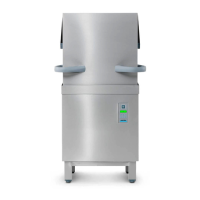
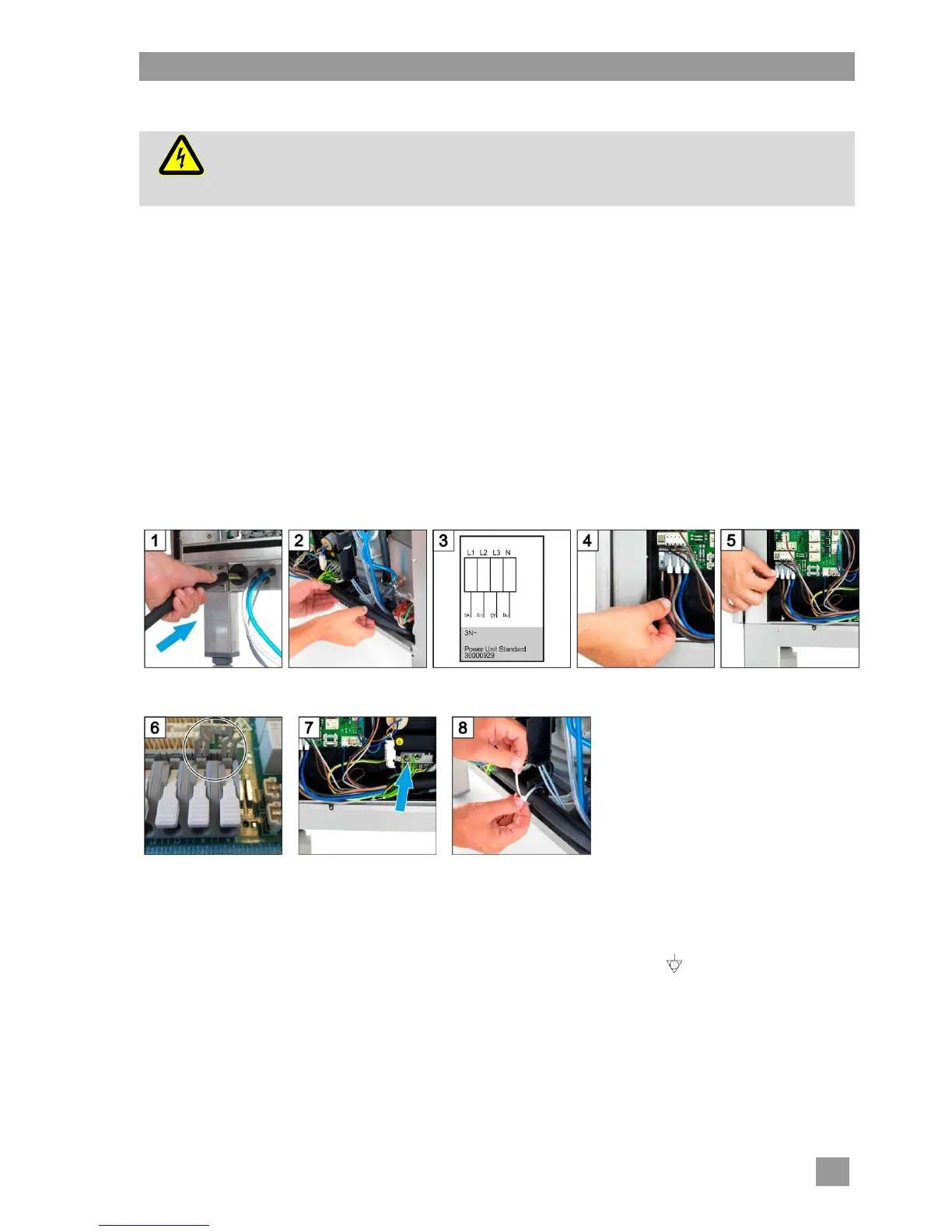